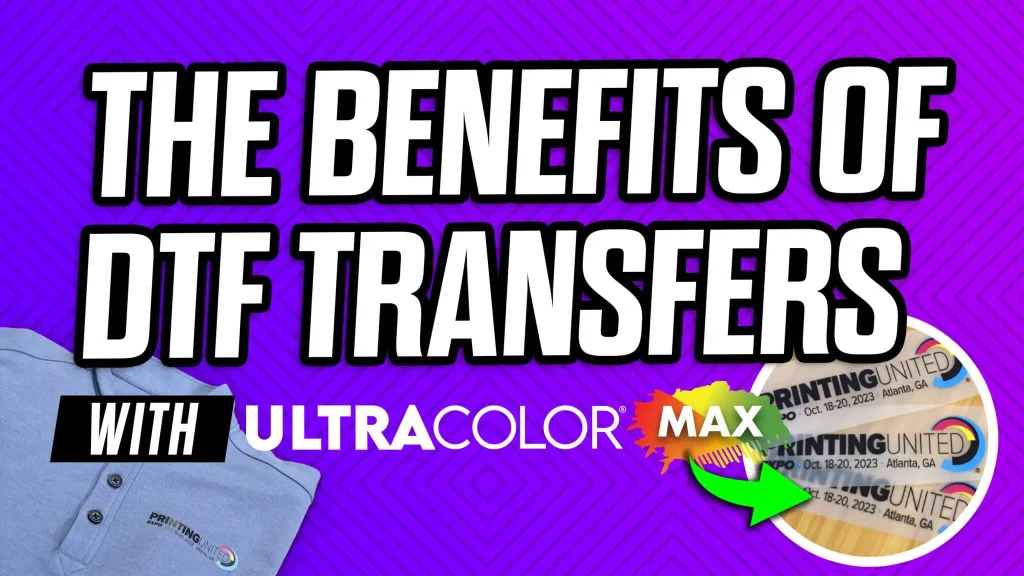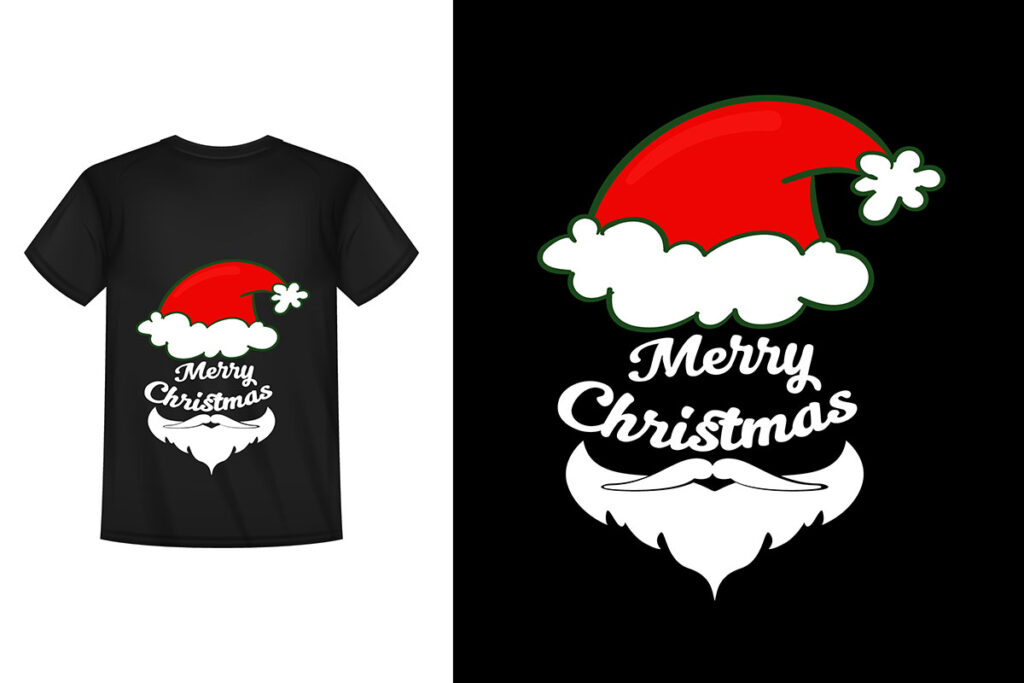The benefits of DTF transfers are transforming the way businesses approach textile printing. Direct-to-Film (DTF) printing not only produces vibrant, photorealistic DTF prints but also excels in durability and production efficiency compared to traditional printing methods. With its ability to deliver intricate designs with enhanced color richness, DTF stands out in the realm of sustainable printing methods, minimizing waste and harmful chemical usage. Organizations that adopt DTF transfers can effectively meet the growing demands of modern consumers who prioritize quality and environmental consciousness. As we explore the myriad advantages of DTF transfers, it becomes clear that this technology is not just a trend, but a significant leap forward in the printing industry.
When delving into the realm of Direct-to-Film printing, it’s essential to consider the numerous advantages this innovative technique brings to the table. Often compared with traditional methods like screen printing and heat transfer vinyl, DTF emerges as a leader in efficiency and print detail. The technology allows for the creation of soft, breathable designs that maintain color integrity without compromising fabric comfort. Emphasizing photorealistic reproduction, DTF printing techniques offer unmatched opportunities for creative branding. By shifting to DTF, businesses can align themselves with contemporary consumer demands for both high-quality visuals and sustainability.
The Advantages of DTF Printing Compared to Traditional Methods
When discussing the advantages of DTF printing, it’s crucial to highlight how this innovative technology outshines traditional printing methods like screen printing and HTV. One significant benefit is the versatility that DTF offers; it can easily print a variety of materials and garment types while maintaining excellent quality. In contrast, screen printing is often limited to certain fabrics and colors, requiring extensive setup for each new design. This adaptability makes DTF particularly appealing to businesses looking to diversify their product offerings without heavy upfront costs.
Additionally, DTF printing allows for quicker turnaround times, which is a critical factor in today’s fast-paced market. With the capability to print on demand without the constraints of minimum order quantities, businesses can cater to customer preferences quickly, making it easier to adjust to buying trends. This shift toward efficiency not only enhances productivity but also allows brands to maintain fresher inventories, aligning perfectly with modern consumer expectations for variety and speed.
Benefits of DTF Transfers for Photorealistic Printing
DTF transfers excel in photorealistic printing, which is a game-changer for brands aiming to produce intricate designs. The detail captured in DTF prints is remarkable, allowing subtle gradients, vibrant colors, and fine details that traditional methods struggle to replicate. For instance, brands in high fashion and merchandising can create stunning visuals that demand attention. This capability to print high-definition images ensures that their designs don’t just look good; they tell a story that resonates with consumers.
This photorealistic quality is supported by advanced inks and printing technologies that DTF utilizes, which contributes to both color vibrancy and longevity. Because the ink is directly applied to the film before transfer, each layer maintains its clarity and color depth. This grants DTF prints an edge in marketing, where visuals are crucial to draw in potential customers and convert engaging graphics into sales.
Improved Efficiency and Cost-Effectiveness with DTF
One of the standout attributes of DTF printing is its efficiency compared to traditional methods. Traditional screen printing requires lengthy setups that involve preparing screens and managing multiple colors, which can delay production times significantly. DTF bypasses these time-consuming steps, allowing for streamlined operations that cater to quick and complex orders alike. Businesses can produce high-quality prints without the overheads typically associated with traditional printing processes.
Moreover, the cost-effectiveness of DTF extends beyond just quicker production times. With reduced waste and the ability to print on-demand, businesses can avoid excessive inventory and optimize their resources. This translates to improved profit margins and are especially beneficial for small to medium-sized enterprises looking to establish a foothold in competitive markets without the burden of high initial investments.
Softness and Comfort in DTF Printed Fabrics
Consumers today are not just seeking designs; they crave comfort and feel in their clothing. DTF printing provides a remarkably soft finish, ensuring that the fabric retains its breathability and does not feel heavy or stiff. This is particularly important for brands in the activewear sector where performance and comfort are paramount. DTF’s fine coating allows the fabric to breathe while still showcasing vibrant designs, which is a significant improvement over traditional methods that often leave prints feeling bulky.
This focus on softness and comfort is an appealing feature that can elevate a brand’s reputation. By emphasizing the high-quality feel of DTF-printed garments, companies can appeal to a growing market segment that values comfort as much as style. Brands that successfully communicate this advantage can differentiate themselves and attract more discerning customers who demand both style and ease in their everyday clothing.
The Role of Sustainability in DTF Printing
As sustainability becomes increasingly important in the apparel industry, DTF printing presents a more eco-friendly solution compared to traditional printing methods. The reduced need for water and harmful chemical agents in the DTF process contributes to a lowered environmental impact. Moreover, since DTF allows for on-demand production, it inherently minimizes waste by producing only what is needed, which aligns well with sustainable manufacturing practices.
Further reinforcing its green credentials, DTF technology uses recyclable films and materials that conform to modern eco-standards. Brands that incorporate DTF printing into their production lines can not only enhance their product offerings but also promote their commitment to environmentally responsible practices. This progressive approach resonates with consumers looking to support sustainable brands, thus driving both brand loyalty and market competitiveness.
The Future of DTF and Its Impact on the Textile Industry
Looking forward, the future of DTF printing appears bright, as advancements continue to evolve and reshape the textile industry. As technology progresses, we can expect even more improvements in print quality, speed, and environmental footprint. Innovations may lead to stronger inks and faster dryers, allowing businesses to scale production without sacrificing quality. This could open doors for brands to explore deeper into custom designs with vibrant aesthetics, ensuring they stay ahead of market trends.
In addition, as awareness of sustainable methods grows, more companies are likely to transition to DTF printing, attracted by its economic benefits and lower environmental impact. This could result in a significant shift across the apparel landscape, with DTF at the forefront of change. Integrating DTF technology could define the future leaders in the textile market, as savvy businesses capitalize on this opportunity to connect with a conscious consumer base demanding quality coupled with responsibility.
Frequently Asked Questions
What are the key benefits of DTF transfers compared to traditional printing methods?
DTF transfers offer numerous benefits over traditional printing, including vibrant color reproduction, exceptional durability, and the ability to print photorealistic designs. This method is more efficient, producing less waste and enabling on-demand printing. Overall, DTF provides a higher quality output while maintaining fabric softness and breathability.
How do DTF printing advantages impact production efficiency?
The advantages of DTF printing significantly enhance production efficiency due to a streamlined process that reduces waste. It allows for faster turnaround times and supports small batch printing without the need for minimum orders, making it an excellent choice for businesses seeking flexibility and cost-effectiveness.
Are DTF transfers suitable for producing photorealistic prints?
Yes, DTF transfers excel in producing photorealistic prints. The advanced technology used in DTF printing allows for intricate designs with soft gradients and vibrant colors, making it ideal for brands looking to achieve high-quality image reproduction that stands out in the market.
How do DTF transfers compare with traditional printing in terms of durability and color vibrancy?
DTF transfers surpass traditional printing methods like screen printing in durability and color vibrancy. DTF prints are designed to withstand multiple washes without losing their rich colors or fading, ensuring that designs remain fresh and appealing over time.
What role do sustainable printing methods play in the popularity of DTF transfers?
Sustainable printing methods are gaining traction, and DTF transfers align well with these practices. The DTF process produces less waste and uses fewer harmful chemicals compared to traditional methods, making it an eco-friendly choice that resonates with increasingly environmentally conscious consumers.
Why is the softness and breathability of DTF prints important for apparel?
The softness and breathability of DTF prints are crucial for comfort, particularly in activewear and casual clothing. Unlike traditional printing methods that can result in stiff or heavy transfers, DTF maintains the fabric’s feel, enhancing comfort while ensuring high-quality aesthetics.
| Key Point | Description |
|---|---|
| Understanding DTF Transfers | DTF printing is a process where designs are printed on a special film and transferred to fabric, providing high-quality output. |
| Vibrant and Durable Prints | DTF produces vibrant, long-lasting prints, allowing intricate designs to withstand multiple washes without fading. |
| Photorealistic Image Reproduction | DTF excels at printing detailed, photorealistic images with soft gradients and bright colors. |
| Efficiency in Production | DTF allows for faster production, less waste, and on-demand printing without minimum order requirements. |
| Softness and Breathability | DTF prints maintain fabric softness and breathability, enhancing comfort especially for activewear. |
| Environmental Impact | DTF is an eco-friendly option, reducing waste and harmful chemicals compared to traditional methods. |
Summary
The benefits of DTF transfers are distinct and influential within the textile industry. This innovative printing method offers vibrant colors, durability, and the ability to produce intricate designs that surpass those achieved through traditional printing methods. Additionally, DTF transfers allow for photorealistic image reproduction without compromising on the fabric’s comfort or breathability. By embracing DTF technology, businesses can significantly enhance production efficiency while also promoting an environmentally-friendly approach to printing. As the demand for high-quality, sustainable options grows, DTF transfers stand out as a superior choice that can elevate brand offerings and lead to increased customer satisfaction. Ultimately, adopting DTF transfers can empower businesses to thrive in a competitive market.



